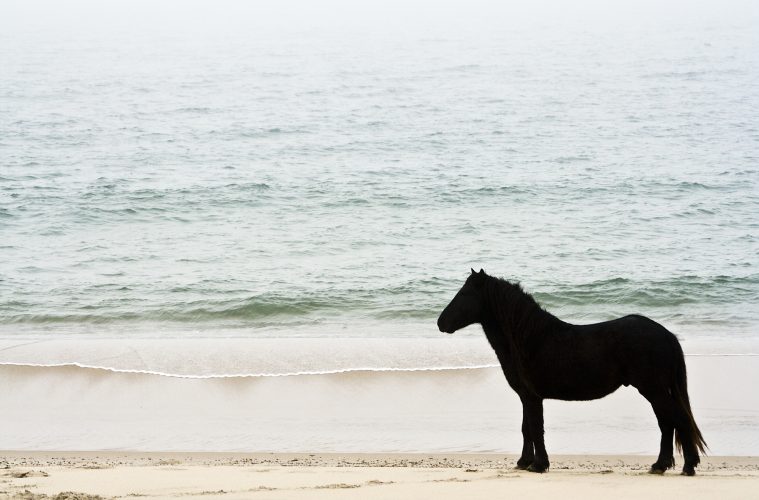
Shady Sandy Land
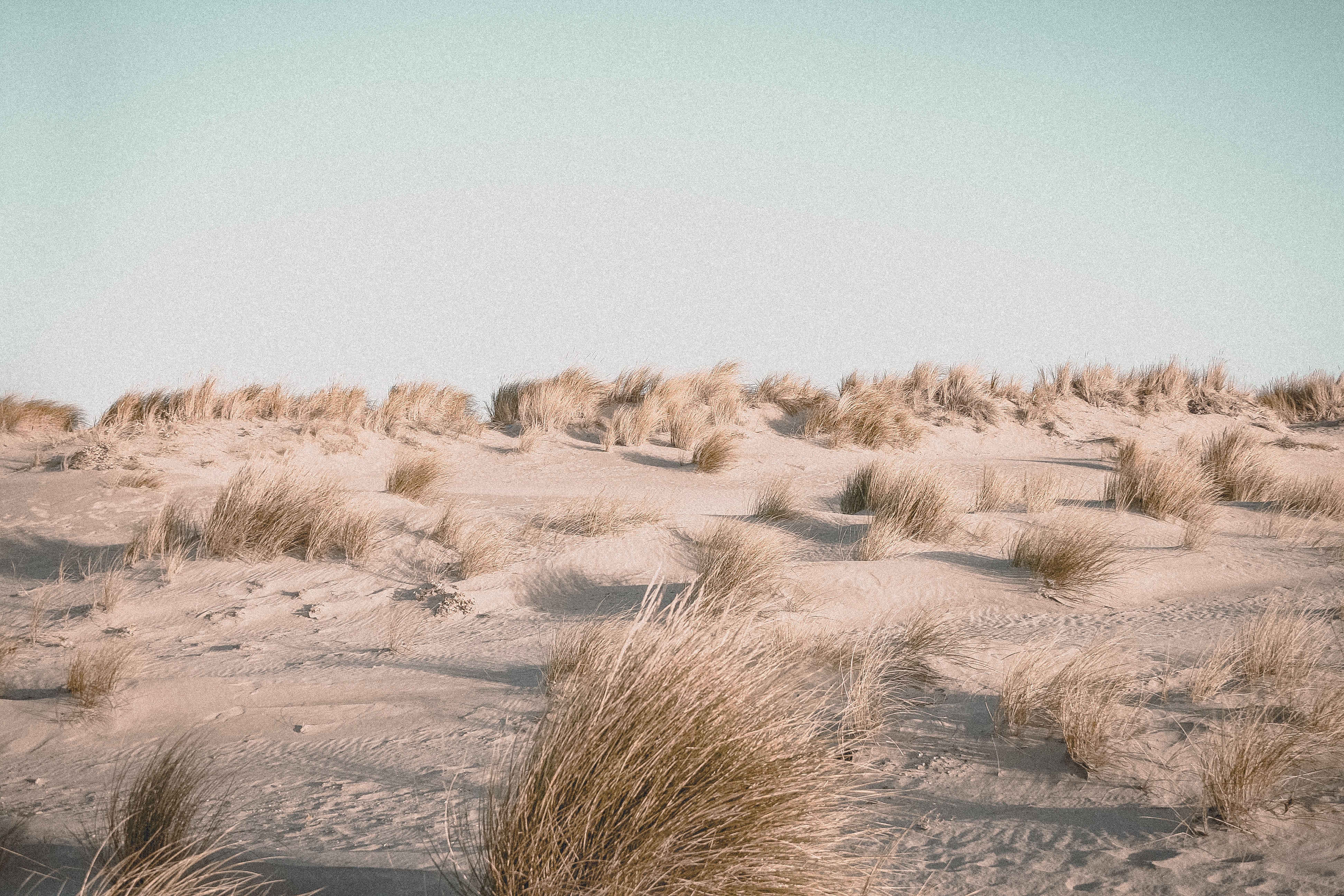
In 2017, the researchers realized that malnutrition was not only the sole reason for the death. The beachy surrounding was equally responsible to a great extent for the damage caused on creatures’ bodies. Tiny grains of sand constantly wore down the animals’ teeth, for instance, as they ingested these along with the island’s grasses.
Menace

With the absence of strong teeth, Sable Island’s horses couldn’t chew their food, which is grass, properly. This ultimately prevented them from getting enough nutrients from the vegetation that they grazed upon and eating sand proved a menace to the horses’ health in another way and can cause blockages in the animals’ intestines.
Detailed Report
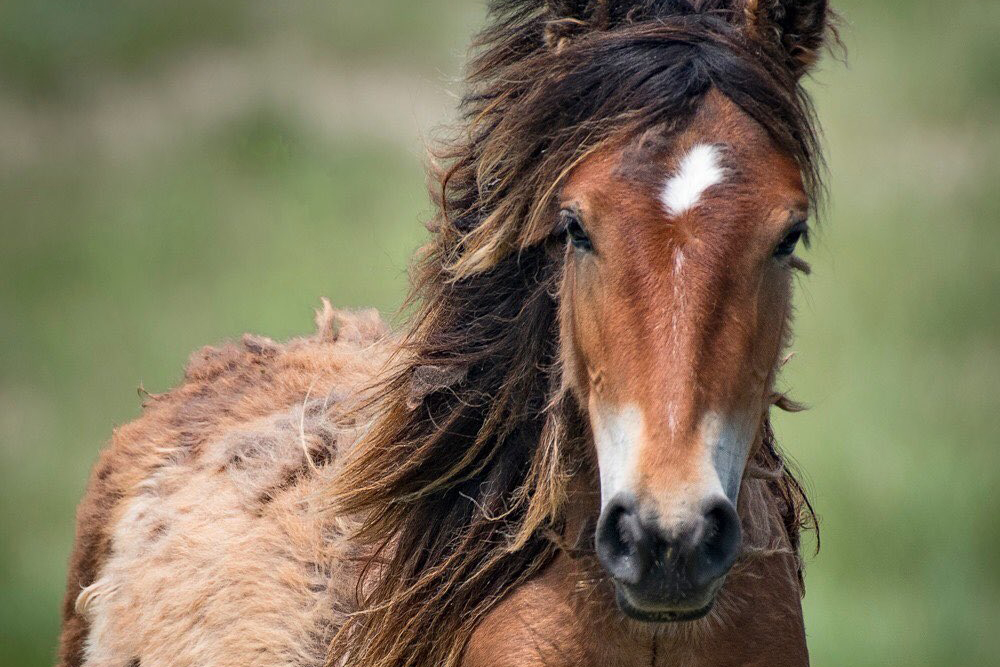
Jenkins in The StarPhoenix, described the damaged organs in more detail. She said, “In several horses that we looked at, there was quite a lot of sand. We were picking up the intestines and the stomach and saying, ‘These weigh a ton,’ because there was, in many cases, more sand than plant content.”
Parasites
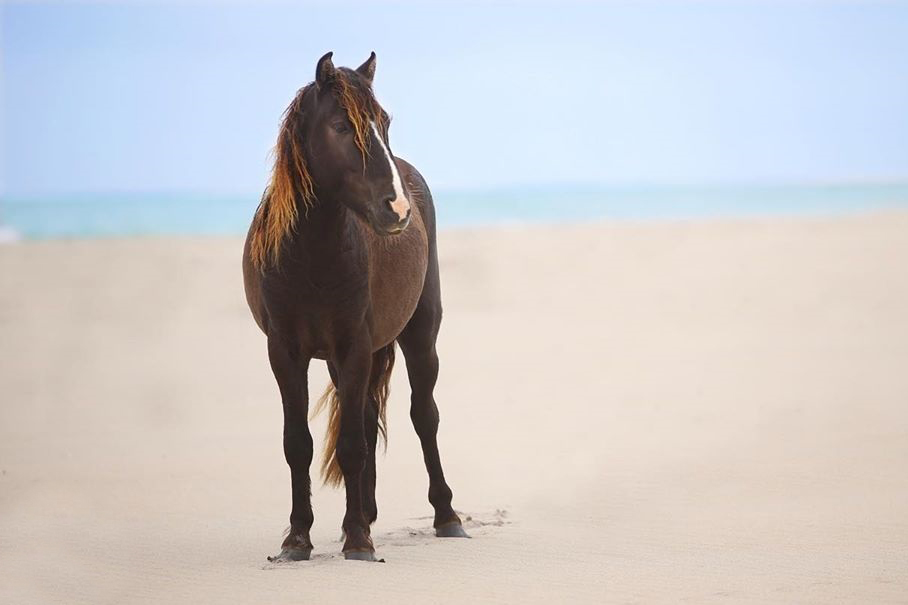
The small Sable Island horses tended to have extremely high amounts of parasitic worms. There were apparently about 1,500 eggs contained in just a gram of their fecal matter. Jenkins said, “I just about fell over because we call a high fecal egg count in a domestic horse 500 eggs per gram.”
The Comparison

Jenkins told CBC that a normal equine creature probably could not survive with so many parasites and added, “I think if our domestic horses had fecal egg counts as high as the Sable horses, they would just drop dead,” As a result, the Sable Island horses could potentially help veterinarians who are continuing to fight domestic horses’ resistance to anti-parasite medications.
Slowly And Steadily
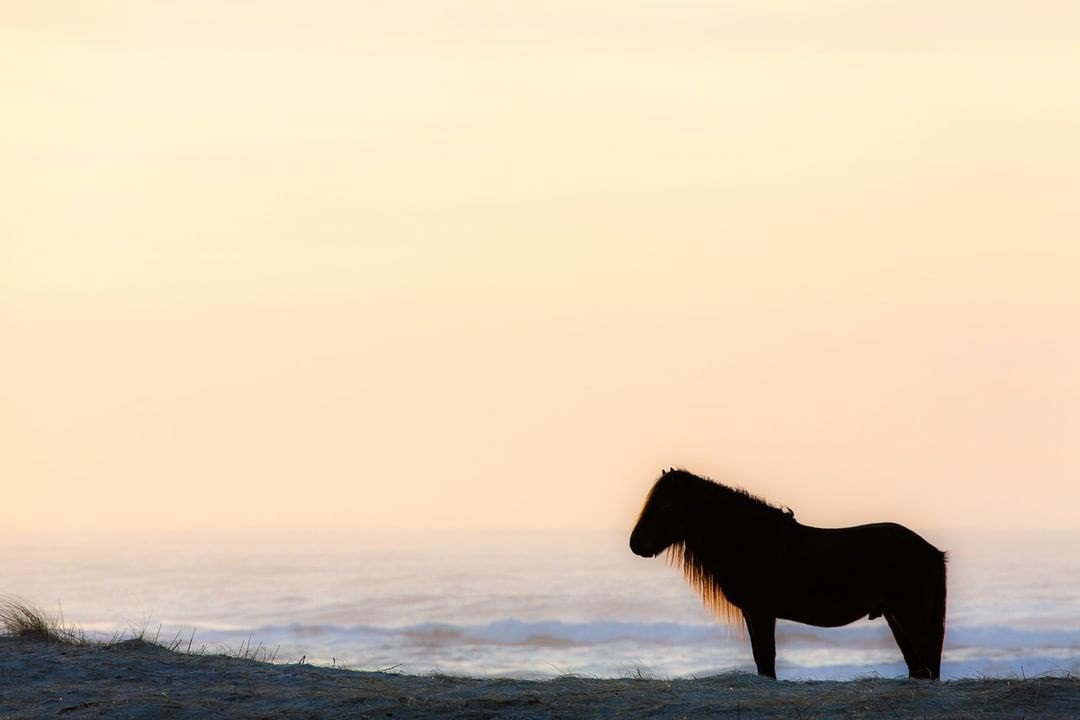
The researchers couldn’t establish the sole reason for the fatalities of the 50 Sable Island horses found in 2017. Indeed, it appeared that most had suffered from more than one fatal hardship. But by 2018, the death rate had dropped from 10 percent of the population back to 1 percent.
